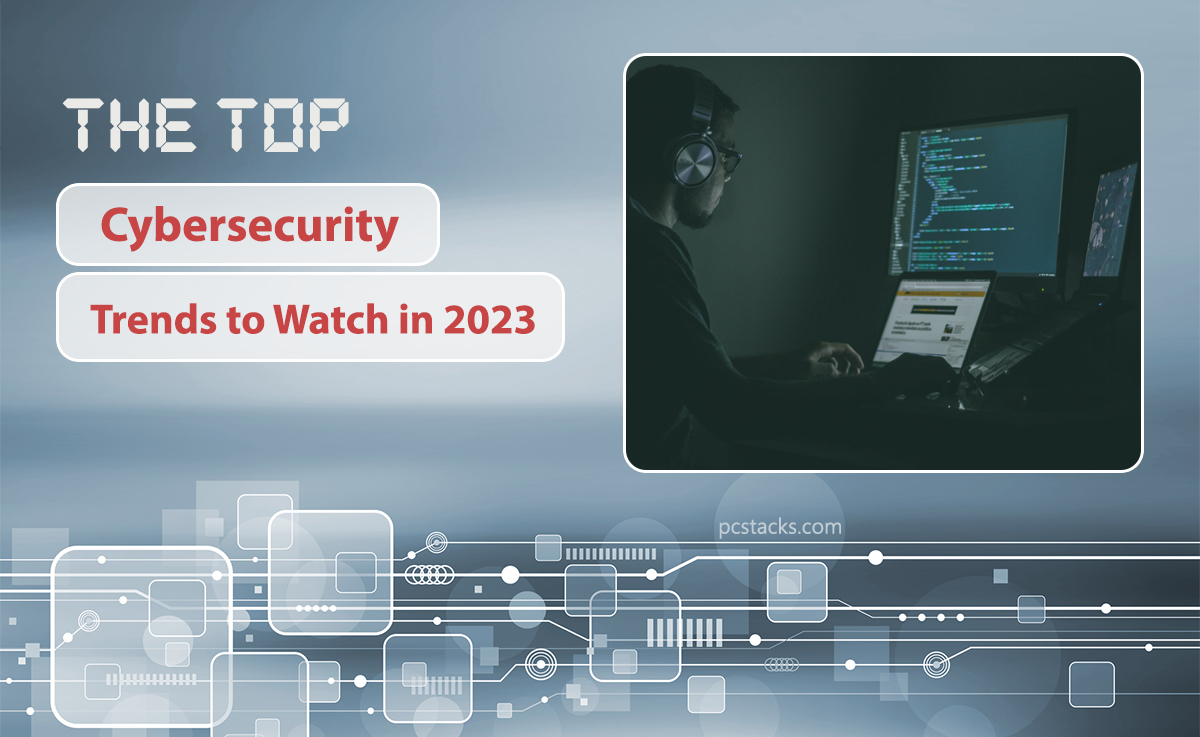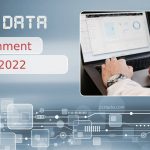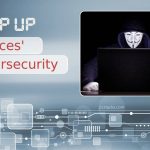Cyber threats continue to evolve and become more sophisticated, making your organization vulnerable at all times.
It’s critical that you stay on top of the latest technological developments. Not only do you need to protect your company’s data, but also your reputation and the trust your customers place in you.
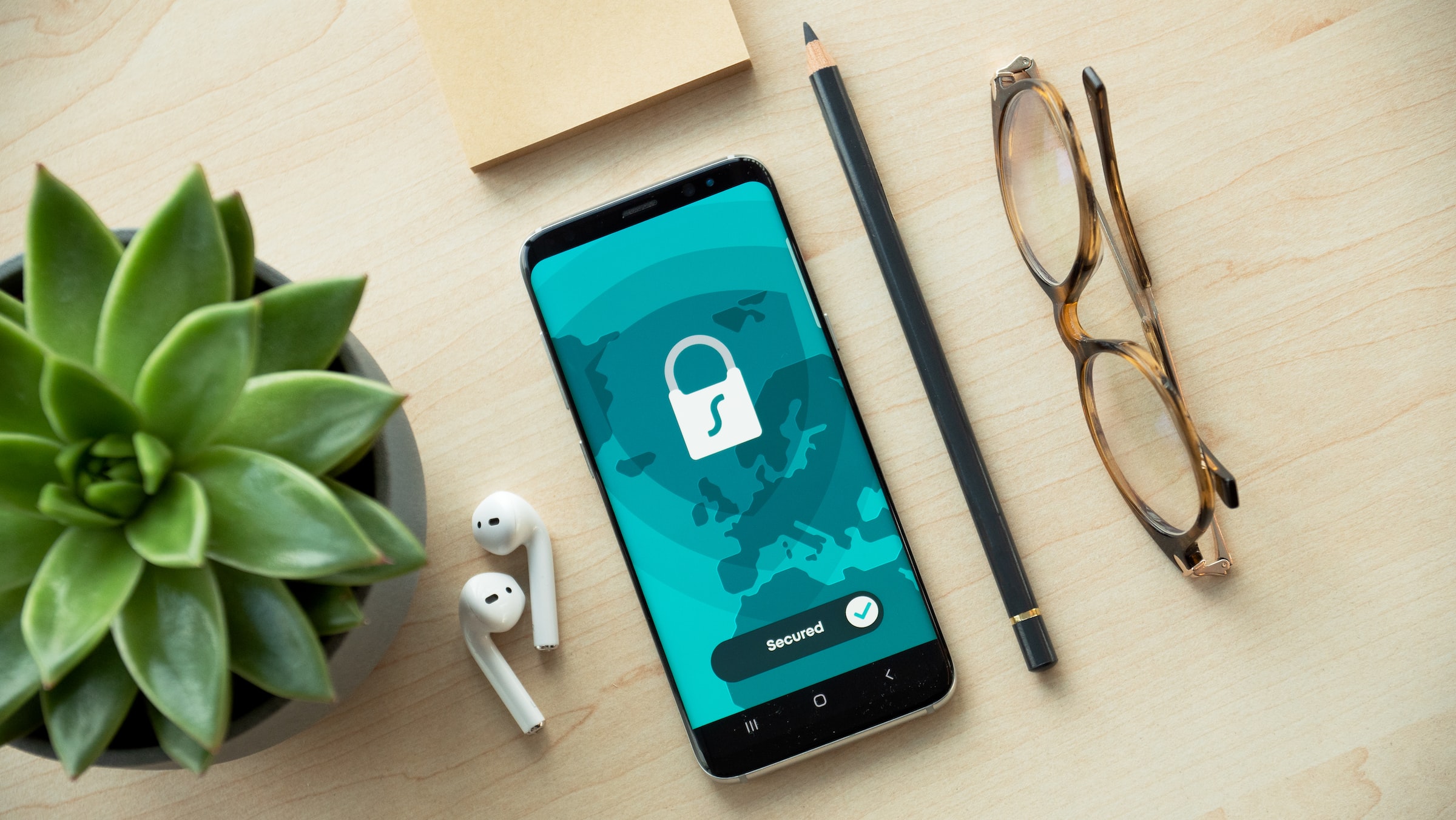
After all, the cost of cybercrime has increased by 10% since 2022 and is estimated to cost businesses worldwide $10.5 trillion by 2025. That is if the crime is allowed to occur.
We’re here to prevent that.
With that in mind, we’ll provide you with valuable information on the top cybersecurity trends for 2023 and how to apply them effectively for the long term. Want to swim deep and get the best tools? Then read on!
Table of Contents
The top 5 trends in cybersecurity
1. Softwares to detect malicious bots

Some bots are useful to your business, such as those used to index web content in search engines or respond to automated chats with customers. Others, however, can be malicious and detrimental to overall IT security, such as those used for phishing, spamming, or information theft.
Hackers and cybercriminals are using bots to attack businesses of all types and sizes in 2023, and the results can be very costly and damaging. They can:
- Steal valuable information
- Cause your computer systems to become unstable or even completely shut down
- Spread disinformation or propaganda that can damage your company’s reputation and trustworthiness
To prevent all of this, a top bot detection software can identify and block all types of malicious activity. These programs use a variety of techniques, such as:
- Traffic pattern analysis
- Behavioral analysis
- Suspicious activity monitoring
uspicious activity is detected, the software can take action to block and protect the computer system. In addition, many of these programs are easy to use and can be easily integrated into your company’s existing systems.
2. CPRA and the handling of employee data

Protecting employee data is a key aspect of corporate cybersecurity.
The California Privacy Rights Act (CPRA) is based on the idea that citizens have the right to control their personal information and decide how it is used and protected.
It also sets an even higher standard for the protection of that data, which means that as an organization, you must ensure encryption and continuous security monitoring of your information systems.
Failure to comply with the CPRA’s employee data handling requirements can result in serious fines and penalties. For example, the law allows for fines of up to $7,500 for each willful violation, and the value of an unintentional violation can be much higher. To avoid all of this, take the following steps:
- Assess current systems: to identify security vulnerabilities and risks associated with PII
- Implement specific security measures for PII: such as encryption, two-factor authentication, and continuous security monitoring
- Educating employees about data security risks: and how to prevent phishing attacks and other cyber threats
- Establish clear and consistent policies: for employee access to such data and for identity theft protection
- Ensure your third-party vendors are CPRA-compliant: and have appropriate information security measures in place
To protect your business and comply with the requirements of this law, it’s important to implement robust security policies, train employees, and ensure that all parties comply with information security standards.
3. Cloud based data protection

There are many benefits to storing data in the cloud, including scalability, flexibility, and accessibility from anywhere in the world.
The problem is that this accessibility can turn into data security vulnerabilities.
Remember that when your data is in the cloud, it is stored on servers owned and managed by third parties. This means that your company may not have complete control over its security.
Furthermore, if a third party gains access to it, there could be serious consequences for your customers’ privacy and security. That’s why it’s important that you have strong internal policies in place to protect and manage data, such as:
- Strong authentication: ensure that all users have unique and secure credentials to access your data in the cloud. Two-factor authentication (2FA) is still useful for adding an extra layer of security
- Encryption: can help prevent unauthorized third parties from accessing your data. Make sure encryption is applied to your data while it is in transit (e.g., uploading and downloading from the cloud) and while it is at rest (stored in the cloud)
- Access control: limit who has access to your data in the cloud and ensure that only the departments or people who really need it can access it
- Activity monitoring and logging: log any suspicious activity. This can help identify and address potential security breaches
- Vendor evaluation: here as well, carefully evaluate the IT services provider for your business and regularly review their security and privacy policies
This is a critical trend in cybersecurity that should be a priority for your organization because of its pervasiveness and reach. By implementing these robust security measures into your internal policies, you can mitigate potential security breaches.
4. Multi-factor authentication
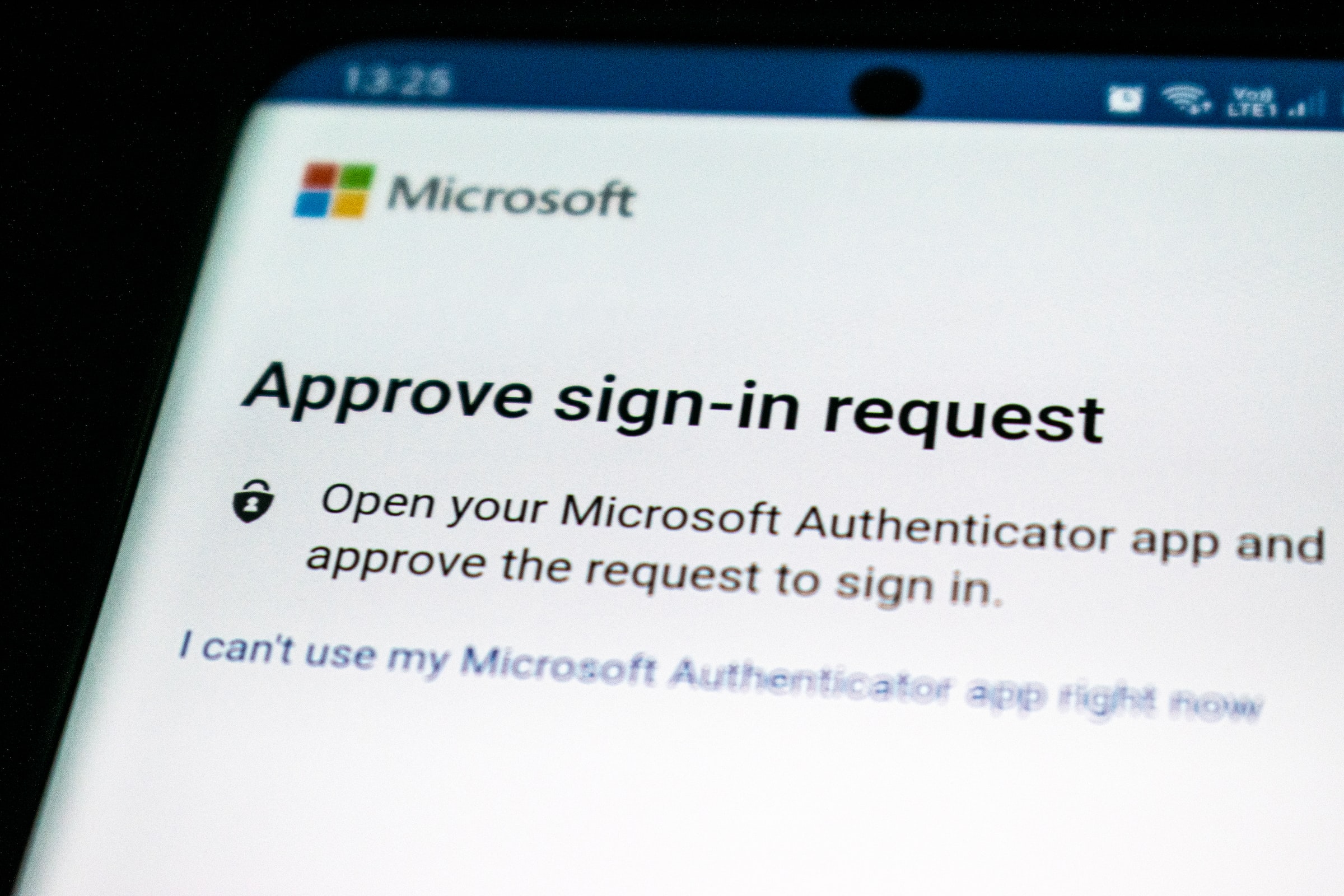
We have mentioned it in other trends, but it deserves its own space.
Multi-factor authentication (MFA) is a security technique that requires more than one factor to verify a user’s identity before granting access to a system.
Simply put, it’s like a double lock to protect access to your company’s information.
MFA has become a major trend in cybersecurity due to the rise of phishing attacks and the vulnerability of one-time passwords. With just one password, a cybercriminal can gain unauthorized access to company data and cause irreparable damage.
By adding this extra layer of security, you can dramatically reduce the risk of cyber attackers compromising every important asset and forget about cleaning up after a data intrusion. You can apply it to your systems in a variety of ways, including:
- Password and PIN: a combination of a password and a personal number that the user must enter
- Physical token: a security device that generates a unique code that is entered along with the password
- Biometrics: the use of unique physical characteristics, such as fingerprints, voice or facial recognition, to verify a user’s identity
In addition to improving security, multi-factor authentication can also help meet CPRA and regulatory requirements as we previously mentioned. This goes a long way toward demonstrating that you are taking additional steps to create a strong security ring.
5. Artificial Intelligence (AI) & Machine Learning (ML)

Two of the hottest trends in cybersecurity, but we decided to combine them because of their complementary nature.
Artificial intelligence, for its part, can be used to:
- Analyze large amounts of network traffic data and detect suspicious patterns of behavior: if anomalous behavior is detected, an alert can be generated so that security experts can investigate and take action to protect the system
Machine learning, on the other hand, can be used to:
- Improve the accuracy and efficiency of threat detection systems: by feeding systems with historical threat and attack data, it can help identify behavioral patterns that indicate a potential threat in real time
The combination of the two automates security incident response and steps up your devices’ cybersecurity. For example, upon detection of a cyber attack, security systems can automatically trigger mitigation actions to minimize the impact, extent and long-term consequences.
Staying on top of trends: being armored in security
The processes we analyze are at the center of cybersecurity discussions because they account for all types of criminal behavior today. It’s not just about following trends, it’s about staying on top of the most robust maneuvers to protect your assets. Don’t forget to:
- Use a software to detect malicious bots: which can attack corporate IT systems and steal valuable information, cause IT systems to malfunction, and spread disinformation or propaganda
- Comply with CPRA requirements: when processing your employees’ data, as non-compliance can result in significant fines and penalties. Assess current systems, implement PII-specific security measures, train employees, and ensure your third-party vendors are compliant
- Monitor data in the cloud: Enforce strong internal policies such as strong authentication, encryption, access control, monitoring and logging of activity, and evaluation of your direct vendors
- Deploy multi-factor authentication: using a combination of passwords and PINs, a physical token, or unique physical characteristics such as fingerprint, voice, or facial recognition
- Combine artificial intelligence and machine learning: to analyze large amounts of network traffic data and detect suspicious behavior patterns
With a solid and well-executed cybersecurity strategy, you can minimize risk and protect your reputation and customer trust. This must be your focus for 2023, so don’t waste time and put together the ideal protection plan for your company.
Author’s Bio:

Guillermo is a Venezuelan SEO content writer currently living between Uruguay and Argentina. He is currently a head content writer for Skale. His articles have reached more than two million people across the Americas. He is a firm believer in love, dulce de leche and Kelly Clarkson.

